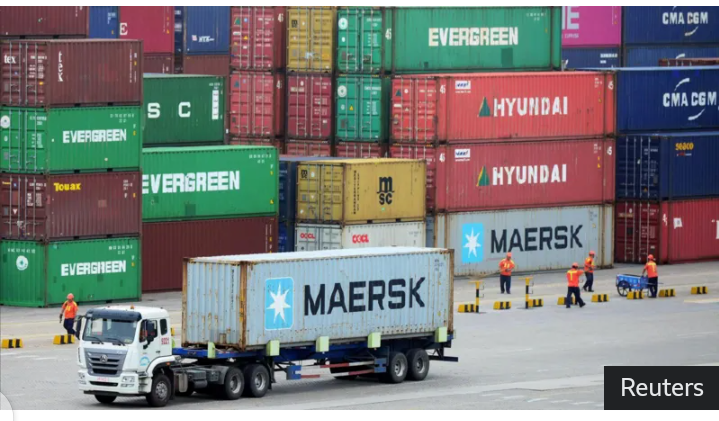Trump Vows Day-One Tariffs On Mexico, Canada, And China.
Donald Trump has pledged to introduce significant tariffs on Mexico, Canada, and China immediately upon assuming the US presidency on 20 January. The president-elect claims the measures aim to curb illegal immigration, drug smuggling, and the trafficking of synthetic opioids such as fentanyl into the United States.
Trump announced he would sign an executive order imposing a 25% tariff on all goods from Mexico and Canada, maintaining the levy until the two nations effectively address these issues. Similarly, he proposed an additional 10% tariff on imports from China, which would remain in place until Beijing takes decisive action to prevent the smuggling of fentanyl precursors into the US.
“Both Mexico and Canada have the absolute right and power to easily solve this long-simmering problem,” Trump stated on his Truth Social platform, adding, “It is time for them to pay a very big price!”
These moves mark a potentially dramatic escalation in trade tensions with the US’s largest trading partners. Economists warn such tariffs could disrupt global supply chains, increase consumer costs, and undermine international trade agreements.
International Response
A Chinese embassy spokesperson in Washington dismissed Trump’s claims, stating that the idea of China knowingly allowing fentanyl trafficking into the US “runs completely counter to facts and reality.” The spokesperson emphasised that economic cooperation between the two nations remains mutually beneficial, warning that “no one will win a trade war or a tariff war.”
Mexico’s finance ministry responded by highlighting its close economic ties with the US, noting, “Mexico is the United States’ top trade partner, and the USMCA provides a framework of certainty for national and international investors.”
Economic Context
The proposed tariffs could breach the terms of the US-Mexico-Canada Agreement (USMCA), which Trump himself signed into law in 2020. The agreement was designed to promote largely duty-free trade between the three nations.
During his campaign, Trump hinted at imposing tariffs as high as 100% on these countries if necessary, significantly exceeding those enacted during his first term. He also proposed ending China’s most-favoured-nation trade status with the US.
Despite these threats, Trump’s nominee for Treasury Secretary, Scott Bessent, characterised the proposals as part of a negotiation strategy. “It’s escalate to de-escalate,” he suggested, hinting at the possibility of a more conciliatory approach once talks begin.
Implications for Trade
More than 80% of Mexico’s exports and 75% of Canada’s exports currently go to the US, underscoring the potential impact of these measures. Even as China grapples with economic challenges, including a property market crisis and growing debt, the US remains a key destination for approximately 15% of its exports.
Trump has defended his tariff strategy, claiming it will grow the US economy, protect jobs, and raise tax revenues. However, economists widely dispute this notion, arguing that tariffs typically result in higher costs for domestic consumers and businesses.
As the global community watches closely, Trump’s proposed tariffs promise to dominate international trade discussions in the coming weeks. Whether these threats materialise or serve as leverage in broader negotiations remains to be seen.



